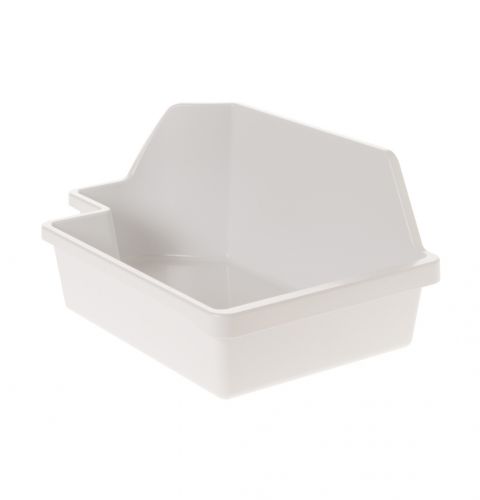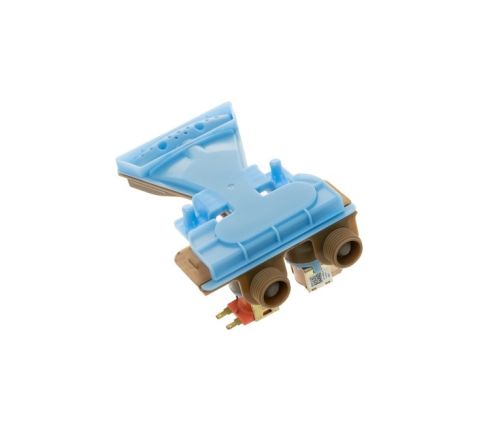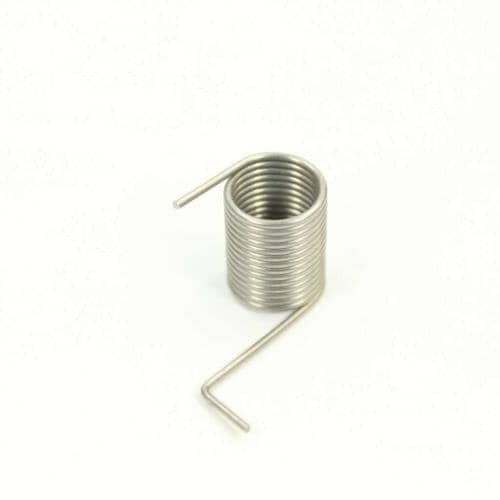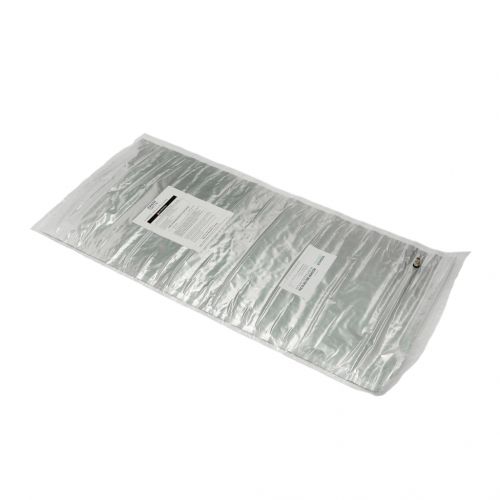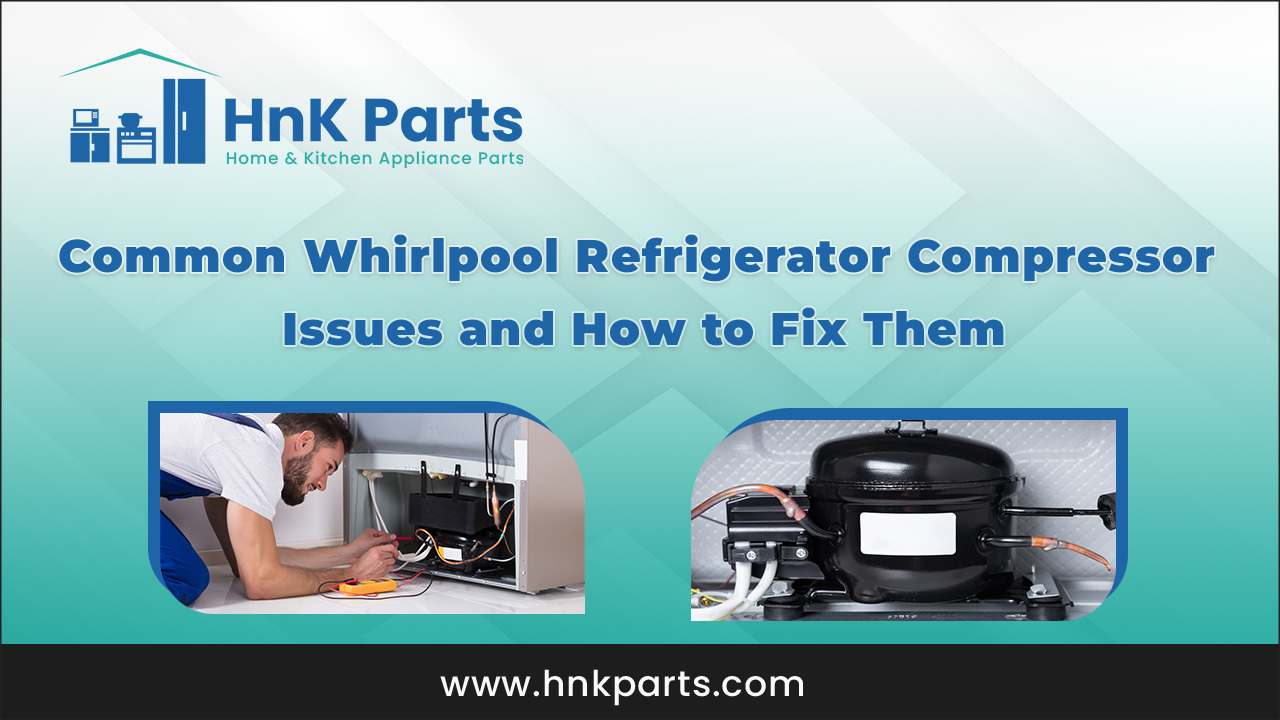
Common Whirlpool Refrigerator Compressor Issues and How to Fix Them
Whirlpool refrigerators are known for their reliability and innovative features, but like any appliance, they can occasionally experience issues. One of the most critical components of a refrigerator is the compressor, which plays a vital role in cooling the unit. When problems arise with the compressor, it can lead to inconsistent temperatures, spoiled food, and a significant increase in energy bills. Understanding compressor issues and whirlpool refrigerator parts. Can help you maintain optimal performance and extend the lifespan of your appliance.
|
Table of contents: |
What is a Whirlpool Refrigerator Compressor?
The Whirlpool refrigerator compressor is an important element of a refrigerator’s cooling mechanism. Compressing the refrigerant gas is its main function in the refrigeration cycle, to enable its transport around the system. The operations of the compressor are extremely important, as it keeps the pressure and temperature at the right levels to save the food but also to cool it.
Whirlpool refrigerator compressor start relay
The compressor start relay is an important part of the compressor that starts it running when power is applied. It is the source of the first burst of energy necessary to turn on the compressor motor.
Whirlpool Refrigerator Compressor Works
The compressor's primary function in the cooling cycle is to compress the refrigerant gas, raising its temperature and pressure before it flows into the condenser coils. This process is essential for the refrigeration cycle, which operates in four main stages: compression, condensation, expansion, and evaporation.
- Compression: The low-pressure refrigerant gas from the evaporator has absorbed heat from the interior of the refrigerator and is taken in by the compressor. The compressor then compresses this gas, raising its pressure and temperature.
- Circulation: The high-pressure, high-temperature refrigerant gas from the compressor is directed to the refrigerator condenser coils located on the inside base or back of the refrigerator after compression. The refrigerant gives up heat in the condenser to the air outside the refrigerator.
- Condensation: Once the refrigerant winds its way through the condenser coils, it cools and turns from a gas to a liquid, and is directed to the expansion valve.
- Expansion and evaporation: The expansion valve lets the high-pressure liquid refrigerant expand to reduce pressure, before entering the evaporator coils. The refrigerant evaporates and absorbs heat from the refrigerators' interior cooling the air inside the evaporator, which is inside the evaporator.
Thus, the refrigerator continues this cycle ad infinitum, thus maintaining a constant, cool temperature for food preservation. To diagnose cooling problems, and ensure said appliance operates efficiently.
Common Whirlpool Refrigerator Compressor Issues
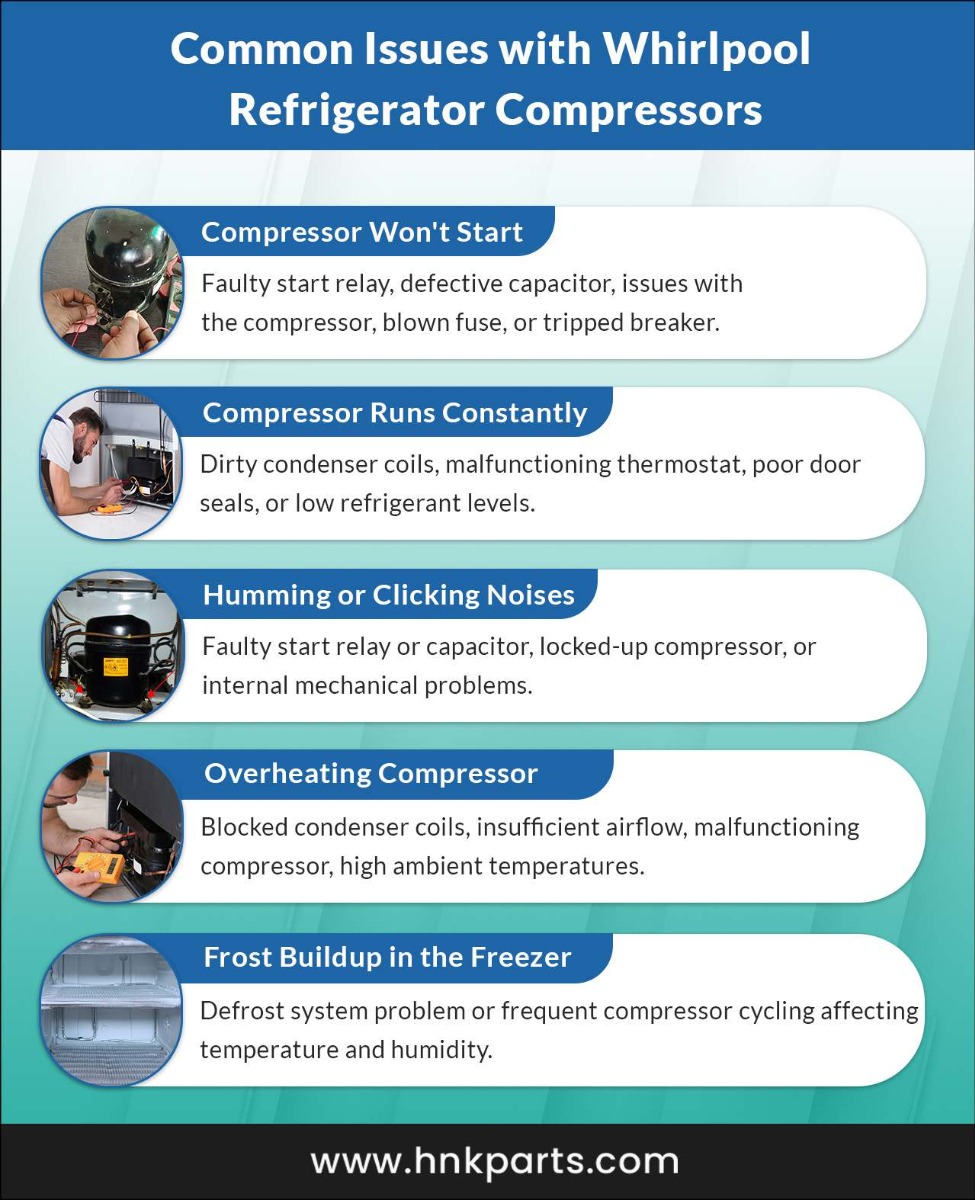
Whirlpool refrigerator compressor not running
If you notice that the compressor in your Whirlpool refrigerator is not working, it will cause your refrigerator to not cool and spoil your food items.
- Electrical issues: Take a look at the power supply of the refrigerator. Check it to see if it is plugged in, and that the outlet is working. It may also be that the compressor can’t receive power; for example, a tripped circuit breaker or blown fuse.
- Thermostat settings: The thermostat settings may be off. Make sure it’s set to the right cooling level.
- Start relay failure: A start relay is used to kick the compressor into operation. The compressor may not run if it’s faulty. However, the issue might be resolved by testing or replacing this component.
- Compressor overload protector: This could be an automatic shutdown of the compressor to avoid damage because it’s overheating. An overload protector may malfunction and stop the compressor from working.
Whirlpool refrigerator compressor not working
The refrigerator will not cool if the compressor stops working altogether. Common symptoms and troubleshooting steps include:
- Symptoms: The fridge normally becomes warmer inside, food tends to spoil and you might hear a clicking sound from the compressor area.
- Inspect the power Supply: Check the refrigerator is plugged in.
- Check the condenser coils: Overheating can result from dirty coils and the compressor won’t work. If the coils are all dust and all, clean them up.
- Test the compressor: If you have a multimeter, check for the continuity in the compressor winding. If the continuity is not there, the compressor may have to be changed.
- Check the start relay: Change the relay if it’s defective; if it’s good, then test it and see if that fixes the issue.
Whirlpool refrigerator compressor noise
Compressor noise can be normal or a sign of a problem. It is important to know the different types of noise.
- Normal operation sounds: You’ll hear a low humming or buzzing sound as the compressor kicks in to maintain temperature.
- Unusual noises: If you hear loud clanking, grinding, or continuous clicking, it may mean you have an internal fault, including:
- Compressor failure: If your compressor is failing, you may hear rattling or knocking sounds, as it is working to run.
- Insufficient lubrication: If the internal components are not adequately lubricated, you will hear unusual grinding noises.
- Loose components: Loose parts or mounting brackets can also make noise, and need to be tighten
Address the 9 most frequent refrigerator problems with reliable fixes that restore efficiency and functionality
How to Reset a Whirlpool Refrigerator Compressor
Diagnosing and addressing issues with the compressor of the Whirlpool refrigerator is essential for maintaining optimal cooling performance.
- Unplug the refrigerator: Start by unplugging the refrigerator from power. It’s important for your safety and to reset the compressor.
- Wait for 5-10 minutes: Unplug the refrigerator for 5 to 10 minutes. It helps any electrical charges dissipate and can help to reset the compressor.
- Plug the refrigerator back in: Upon completion of the waiting period, plug the fridge back into the float.
- Monitor the compressor: Listen for the compressor to start running. It may take a few minutes to start working again. Reset if it doesn't return to normal cooling.
- Check temperature settings: Check the setting of the temperature. In some cases, the settings may have to be changed so the compressor will start cooling.
Preventing Future Compressor Issues in Whirlpool Refrigerators
|
Maintenance Tip |
Description |
|
Clean the condenser coils |
Remove dust and debris from the condensor coils at least twice a year to improve cooling efficiency. |
|
Check the door seals |
Inspect for wear or leaks and replace faulty gaskets to prevent compressor strain. |
|
Keep the interior clean |
Regularly clean shelves and bins to ensure proper air circulation and eliminate odors. |
|
Monitor temperature settings |
Maintain ideal settings (37°F for the fridge, 0°F for the freezer) to avoid overworking the compressor. |
|
Check drainage |
Ensure the drainage system is clear to prevent water buildup and excess workload on the compressor. |
Replace your refrigerator's condenser fan motor effortlessly and keep it running like new
Maintaining your Whirlpool refrigerator's compressor is essential for ensuring optimal cooling performance and prolonging the lifespan of your appliance. By being aware of common issues such as insufficient cooling, strange noises, and frequent cycling, you can take proactive measures to address these problems before they escalate. Whether it's checking Whirlpool refrigerator parts, performing routine maintenance, or seeking professional assistance when necessary, staying informed will help you keep your refrigerator running smoothly. If you’re looking to fix a damaged part or enhance your fridge's performance, HnKparts provides refrigerator components and accessories from leading manufacturers at affordable prices.
FAQs
What is the Whirlpool refrigerator compressor replacement cost including labor?
The compressor typically costs $200 to $500, with labor charges ranging from $100 to $300, depending on location and service rates.
How to Replace the Whirlpool Refrigerator Compressor?
Disconnect the power, remove the old compressor by detaching wires and refrigerant lines, install the new compressor, reconnect the wiring and refrigerant lines, and test for functionality.
What is the compressor warranty on whirlpool refrigerator?
Whirlpool typically offers a 10-year limited warranty on refrigerator compressors, covering parts and sometimes labor for the first year.
What are the signs of compressor start relay for Whirlpool refrigerators?
Clicking sounds, the compressor running intermittently or not at all, and insufficient cooling.


